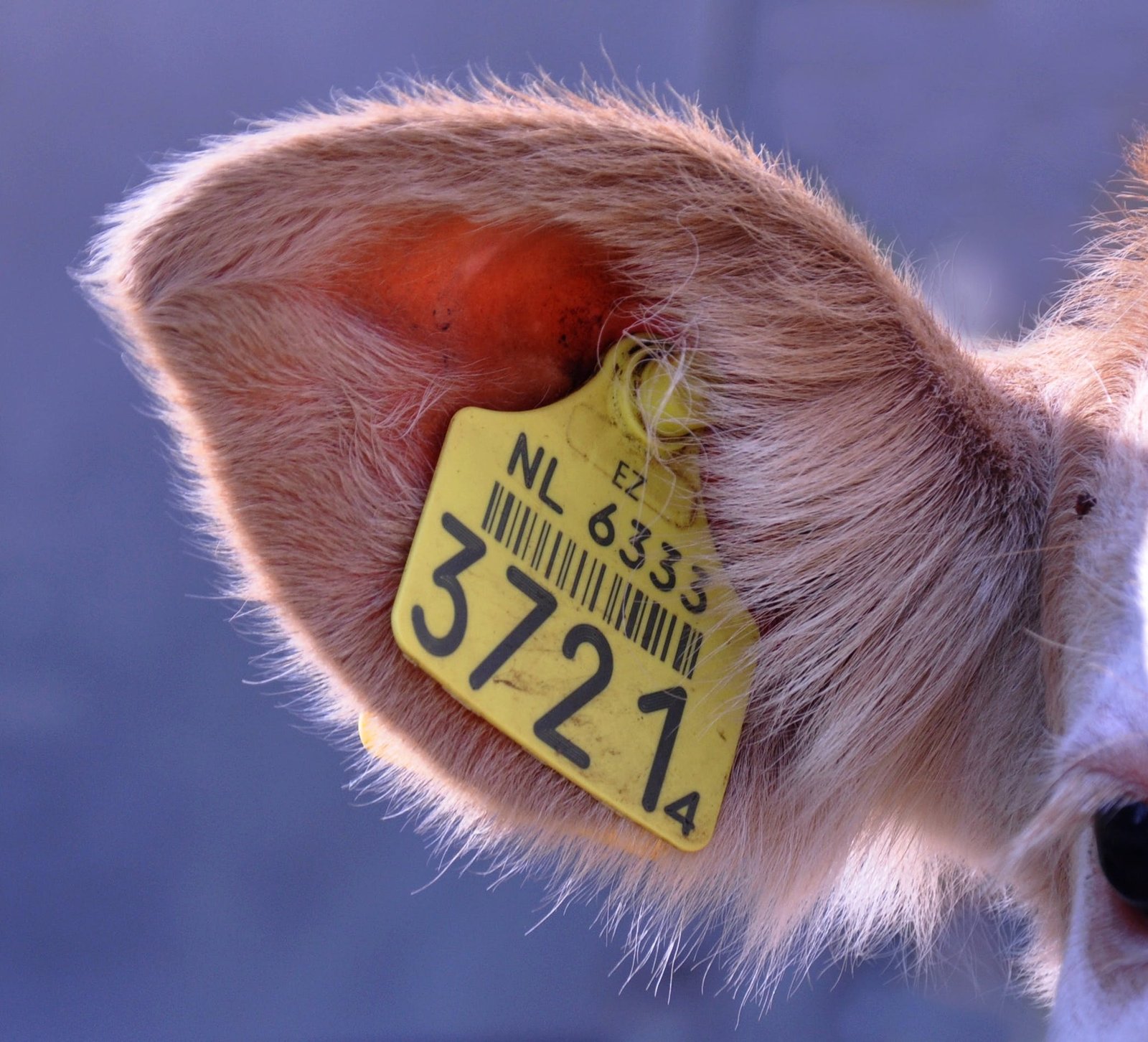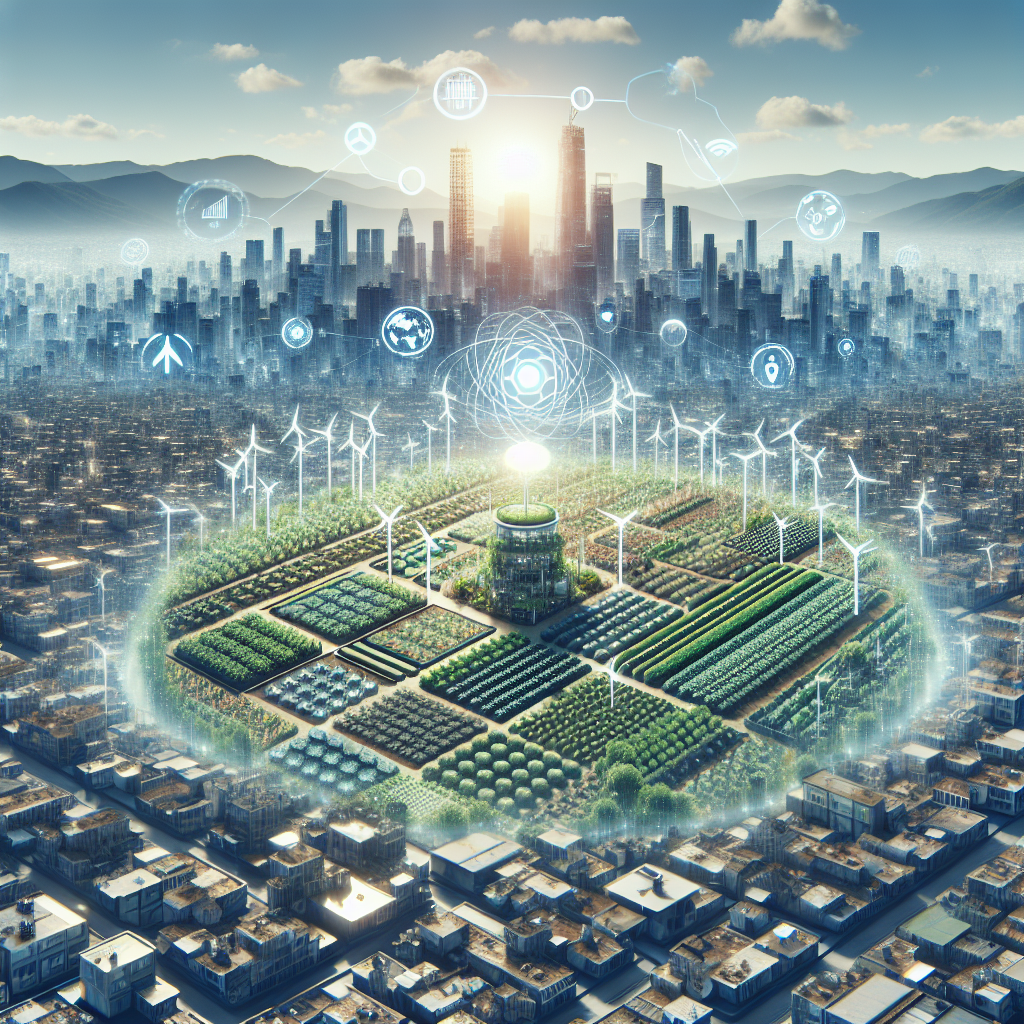
Urban farming systems have been gaining popularity in recent years as a sustainable solution to food production in urban areas. However, as these systems rely heavily on energy consumption, there is a need to incorporate energy-efficient technologies to minimize environmental impact and maximize productivity. By adopting innovative methods such as smart irrigation systems, vertical farming techniques, and renewable energy sources, urban farmers can not only contribute to a greener future but also benefit from reduced operational costs and increased crop yield. In this article, we will explore how you can seamlessly integrate energy-efficient technologies into your urban farming system to enhance its sustainability and profitability.
H2 Heading 1
Subheading 1
Urban farming has become increasingly popular in recent years, as more people recognize the importance of sustainable and locally grown food. However, with limited space and resources in urban areas, it’s essential to find ways to make urban farming more energy-efficient. By incorporating energy-efficient technologies into your urban farming system, you can reduce energy consumption and increase the overall sustainability of your operation.
Subheading 2
One way to incorporate energy-efficient technologies in urban farming systems is by using LED lights for indoor farming. LED lights are highly energy-efficient compared to traditional lighting systems such as fluorescent or incandescent bulbs. These lights produce a specific spectrum of light that is optimized for plant growth, ensuring that your plants receive the right amount and quality of light they need to thrive. By using LED lights, you can reduce your energy consumption while still providing optimal growing conditions for your crops.
Subheading 3
Another energy-efficient technology that can be incorporated into urban farming systems is vertical farming. Vertical farming involves growing plants in vertical stacks or shelves, utilizing limited space more efficiently. By growing plants vertically, you can maximize the use of natural sunlight and reduce the need for artificial lighting. Additionally, vertical farming systems can be designed to use recirculating water systems, reducing water consumption and waste. Implementing vertical farming techniques in your urban farm can significantly increase energy efficiency and productivity.

H2 Heading 2
Subheading 1
Water is a valuable resource, especially in urban areas where it may be scarce. To make your urban farming system more energy-efficient, consider implementing water-saving technologies. One such technology is drip irrigation. Drip irrigation systems deliver water directly to the plant’s roots, reducing water loss through evaporation or runoff. These systems can be automated and controlled by sensors, ensuring that plants receive the right amount of water at the right time. By using drip irrigation, you can minimize water waste and maximize the efficiency of your irrigation system.
Subheading 2
In addition to drip irrigation, rainwater harvesting systems can also be incorporated into urban farming systems to conserve water. By collecting rainwater from rooftops or other surfaces, you can store and reuse this water for irrigation purposes. Rainwater harvesting systems can be as simple as collecting water in barrels or as complex as installing underground storage tanks. Regardless of the system you choose, harvesting rainwater can significantly reduce your reliance on municipal water sources and lower your overall energy consumption.
Subheading 3
Intelligent climate control systems can also play a crucial role in making urban farming systems more energy-efficient. These systems utilize sensors and automation to monitor and regulate temperature, humidity, and CO2 levels in the growing environment. By maintaining optimal conditions for plant growth, you can minimize energy waste and maximize the productivity of your crops. Intelligent climate control systems can also be integrated with other energy-efficient technologies, such as LED lights, to create a holistic and energy-efficient urban farming system.

H2 Heading 3
Subheading 1
Energy-efficient technologies can also be incorporated into the transportation and distribution aspects of urban farming systems. One option is to use electric vehicles for transporting produce from your farm to local markets or customers. Electric vehicles produce zero emissions and are significantly more energy-efficient compared to traditional vehicles powered by fossil fuels. By switching to electric vehicles, you can reduce your carbon footprint and contribute to a more sustainable urban farming system.
Subheading 2
Additionally, utilizing smart logistics systems can optimize delivery routes and reduce energy consumption in the transportation process. These systems use real-time data and advanced algorithms to determine the most efficient routes for delivering produce, minimizing fuel consumption and emissions. By implementing smart logistics systems, you can streamline your distribution process and make it more energy-efficient, reducing overall energy consumption in your urban farming system.
Subheading 3
Lastly, incorporating renewable energy sources into your urban farming system can help further reduce your energy consumption and dependence on traditional energy sources. Solar panels can be installed on rooftops or other available spaces to generate clean and renewable energy to power your farming operations. By harnessing solar power, you can offset your energy usage and reduce your environmental impact. In some cases, excess energy generated by solar panels can even be sold back to the grid, providing an additional source of income for your urban farm.

H2 Heading 4
Subheading 1
To ensure the long-term success and sustainability of your energy-efficient urban farming system, it is crucial to continuously monitor and optimize its performance. Regularly evaluate your energy consumption and identify areas where further improvements can be made. Consider conducting energy audits to assess the efficiency of your equipment and systems, and make necessary upgrades or adjustments to maximize energy savings.
Subheading 2
Educating yourself and your team about energy-efficient practices and technologies is also essential. Stay updated on the latest advancements in sustainable farming and energy-efficient technologies through industry publications, seminars, and workshops. By staying informed, you can identify new opportunities and strategies to enhance the energy efficiency of your urban farming system.
Subheading 3
Collaborating with other urban farmers and sustainability-focused organizations can also provide valuable insights and support. Participate in local farming communities and networks to share experiences, learn from others, and explore collaborative initiatives. By working together, you can collectively drive innovation and advocate for sustainable and energy-efficient urban farming practices.

H2 Heading 5
Subheading 1
In conclusion, incorporating energy-efficient technologies into urban farming systems is paramount to creating sustainable and environmentally conscious food production. From using LED lights and implementing vertical farming techniques to optimizing water usage and utilizing renewable energy sources, there are numerous ways to make urban farming more energy-efficient. By adopting these technologies and practices, you not only reduce your operational costs but also contribute to a greener and more sustainable future. Embrace the power of energy efficiency and join the movement towards a more sustainable urban farming system.








